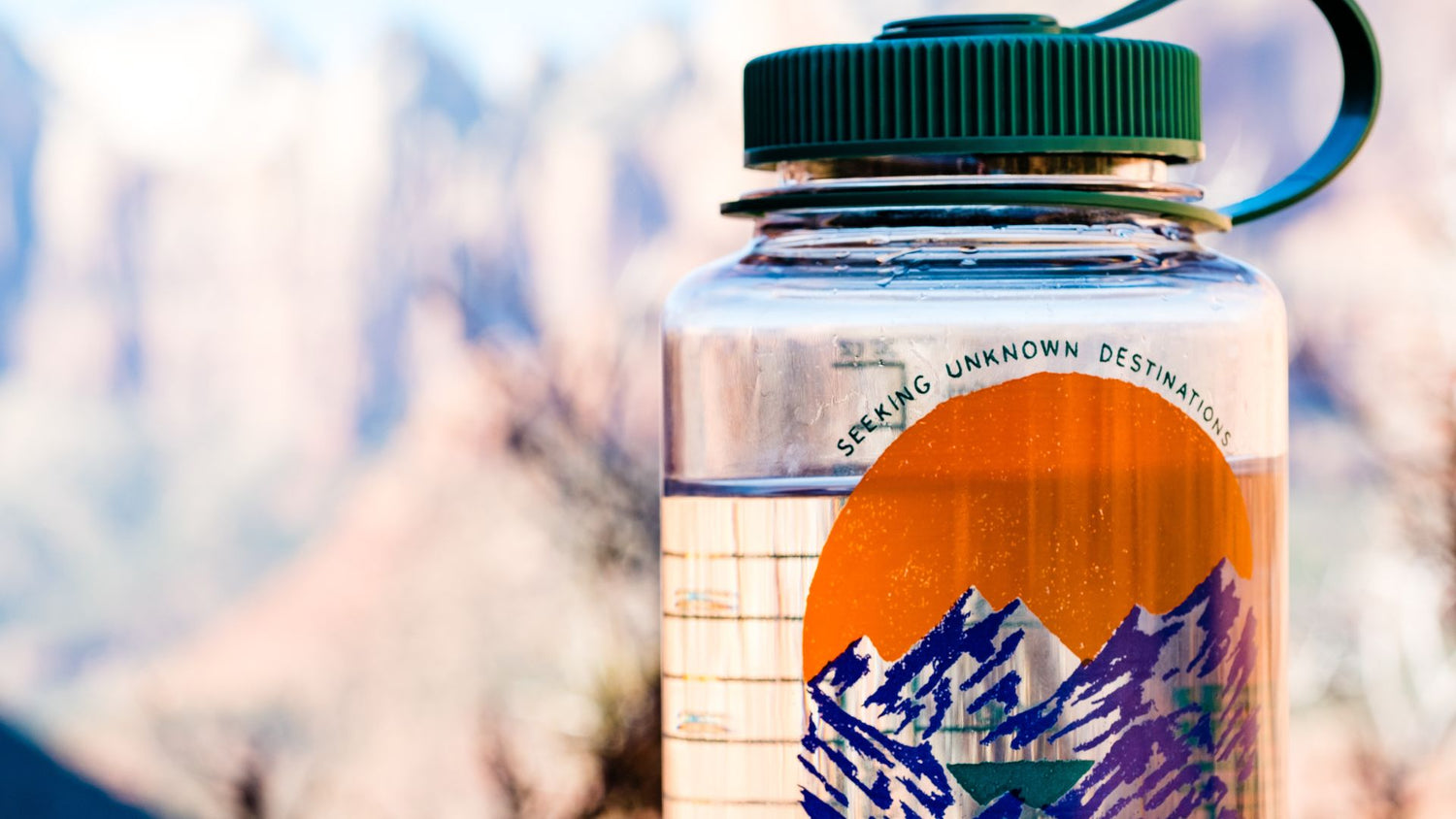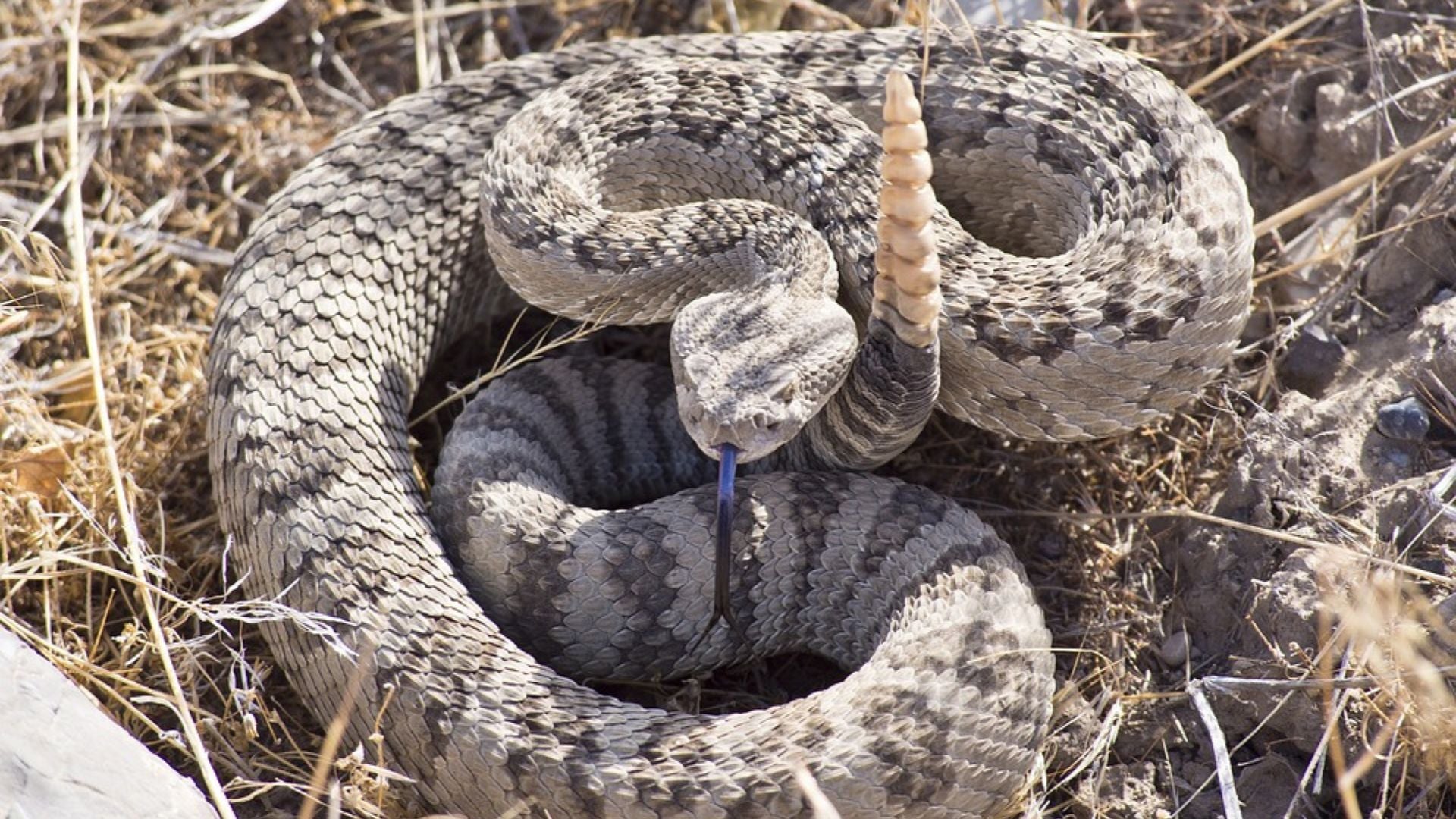Staying hydrated is especially important for senior hikers because, on an average, older adults have 10% less fluid in their bodies than younger adults. In addition, seniors also experience a diminished sense of thirst that leads to a reduced fluid intake, making them more susceptible to dehydration. But young or old, each and every hiker needs to stay hydrated before, during, and after a hike in order to be safe.
1. Drink Water before Hitting the Trail
Before embarking on the hike, you should drink one or two cups of water. Your body only begins to feels thirsty when the water level is already low, meaning you shouldn’t wait for the body’s “thirsty” signal before drinking. Instead, keep your water level from dropping in the first place by hydrating pre-hike. Developing habits for long-term hydration in your life will help you be at your fittest and healthiest before going on a hike.2. Steer Clear of Alcohol Prior to a Hike
Planning to hit the trail in the morning? Opt for water instead of a beer the night before.Consuming alcoholic drinks prior to hiking should be absolutely avoided, as they significantly contribute to dehydration. These drinks are also not great drinks to bring on a hike, as they won’t hydrate you properly and may dehydrate you.
3. Carry Food & Water (& Make Them Easily Accessible)
Any person going on a hiking trip should carry ample food and water. Water keeps you hydrated, while food is the body’s main source of fuel and salts (electrolytes) – you need both to prevent dehydration. Individually wrapped snacks, energy bars, dried food, and bottled water are typically sufficient for a person embarking on a day hike, unless the trip involves meal times. Remember to balance your food intake with fluid consumption to avoid becoming severely ill and dangerously debilitated. Whether you use a bottle or a bladder, make sure you’re drinking regularly.
Whether you use a bottle or a bladder, make sure you’re drinking regularly.For longer, more strenuous hikes, you may also want to pack electrolyte tablets. Sweating causes you to lose electrolytes, which can make hiking more difficult. Adding electrolyte tablets or a sports drink to your pack is an easy way to stay at the top of your game.
Of course, packing water or food alone won’t keep you hydrated and healthy – you have to consume it. Maybe hydration comes naturally to you and you’ll remember to drink, but if you find yourself regularly forgetting, here’s a few ideas that might help:
- Use a bladder – if you use canteens or bottled water and find yourself forgetting to stop and grab a drink, using a bladder lets you drink on the move with water always easily accessible.
- Prefer bottles? Pick your pack with care – if you prefer bottles or canteens to a bladder, make sure the hiking pack you use lets you easily reach your water. Some packs have forward-facing pockets that make it easier to pull your bottle out than the traditional side pocket.
- Keep a few snacks stashed where you can reach them – the hip pocket of your pack is a great place.
4. Drink Water before Feeling Thirsty
You shouldn’t wait until you’re thirsty to drink water, because that means you’re already dehydrated and not performing at the top of your game. You should replenish fluids and electrolytes by drinking one half to one quart of water every hour you’re hiking. You may need to drink more depending upon the temperature and the intensity of the hike. Hiking in warmer environments increases your water intake needs
Hiking in warmer environments increases your water intake needsFor variety, consider alternating between plain water and a sports drink with electrolytes. This will retain fluids, maintain energy, balance electrolyte levels, and thus make hiking more enjoyable.
5. Stay Hydrated after Hiking
Don’t stop drinking when you stop hiking. You should continue to intake fluids even after completing the hike to replenish water and electrolyte loss. Since thirst always underestimates your body’s fluid needs, drink more than you think is necessary.
If Dehydration Strikes
Prevention is always the best treatment, but if you or someone in your party does become seriously dehydrated, make sure you have the first aid supplies and knowledge you need to treat them. Oral rehydration salts are a lightweight addition to your first aid kit that are proven to help your body absorb and retain fluids more effectively. If you’re headed on an extended adventure, adding these to your pack could make a huge difference. Using a purifying water bottle like the RapidPure Purifier+ Insulated Steel Bottle lets you hydrate using the water around you.
Using a purifying water bottle like the RapidPure Purifier+ Insulated Steel Bottle lets you hydrate using the water around you.If you didn’t pack enough water, having a backup plan can make all the difference. Keeping a compact water purifier in your pack or using a purifying water bottle like the RapidPure+ Purifier as one of your water bottles can enable you to rehydrate from backcountry water sources you encounter while protecting you from any viruses, bacteria, or parasites.
Stay Hydrated & Get Hiking!
A hike, when done correctly and safely, has many medical benefits such as reducing the risk of diabetes, colon or breast cancer, osteoporosis, and heart attacks, as well as decreasing disability risk and increasing overall physical function. More than that though, hiking gives us a sense of adventure and a rush of adrenalin from being amidst nature and discovering new places, all of which is wonderful for mental well-being. To hike successfully and get optimal benefits, though, make sure you stay adequately hydrated to prevent dehydration.














